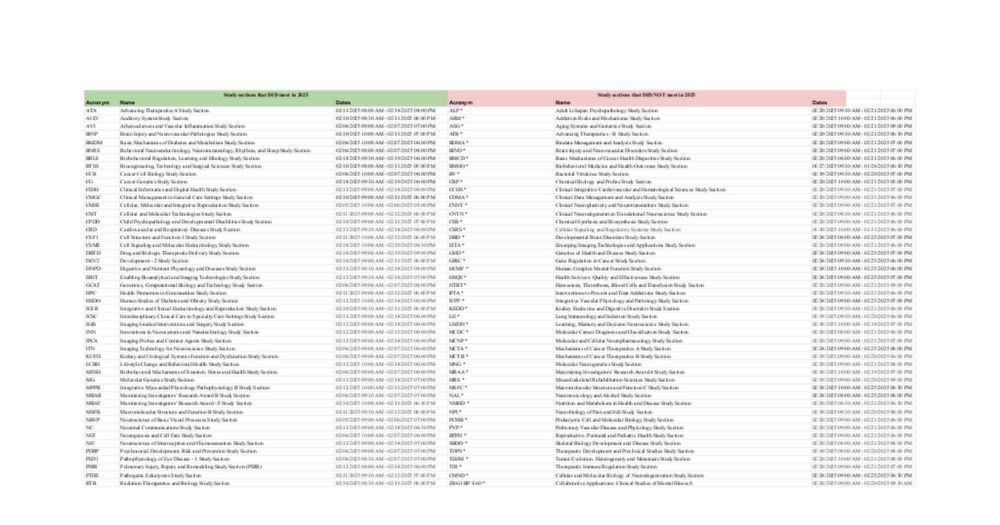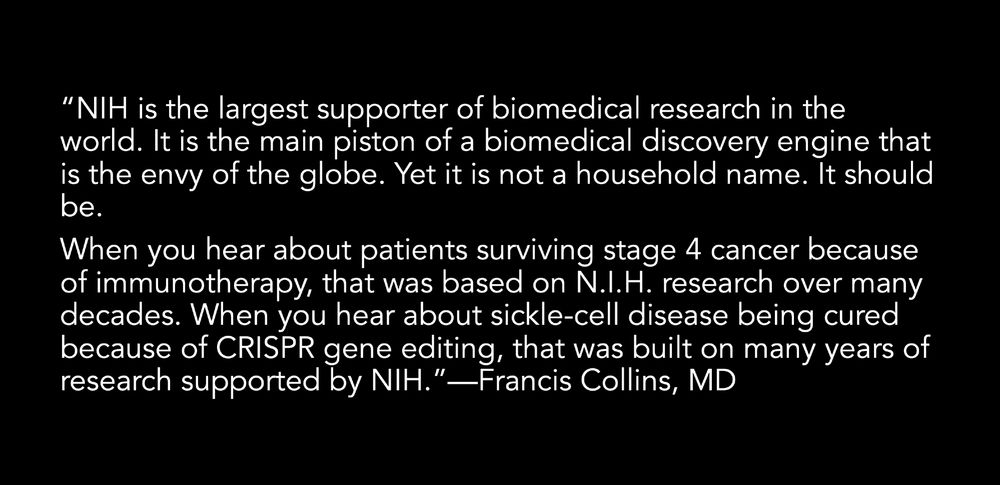
#teamwork #cardioobstetrics
@scadalliance.bsky.social

#teamwork #cardioobstetrics
@scadalliance.bsky.social


Virtual seats still available for the Hybrid meeting
To learn the latest in #SportsCardio from the experts who authored the recently updated guidelines, register today
acc.org/Education-and-…

Virtual seats still available for the Hybrid meeting
To learn the latest in #SportsCardio from the experts who authored the recently updated guidelines, register today
acc.org/Education-and-…











www.nytimes.com/2025/03/01/u...

www.nytimes.com/2025/03/01/u...
brad7280.github.io/thoughtcrime...
@theo.io @xkcd.com @byscottdance.com

1/n
@jeffhsumd.bsky.social @jaccjournals.bsky.social @vascularimmuno.bsky.social @jeanwassenaar.bsky.social

1/n
@jeffhsumd.bsky.social @jaccjournals.bsky.social @vascularimmuno.bsky.social @jeanwassenaar.bsky.social

go.bsky.app/ErKF727
go.bsky.app/ErKF727

